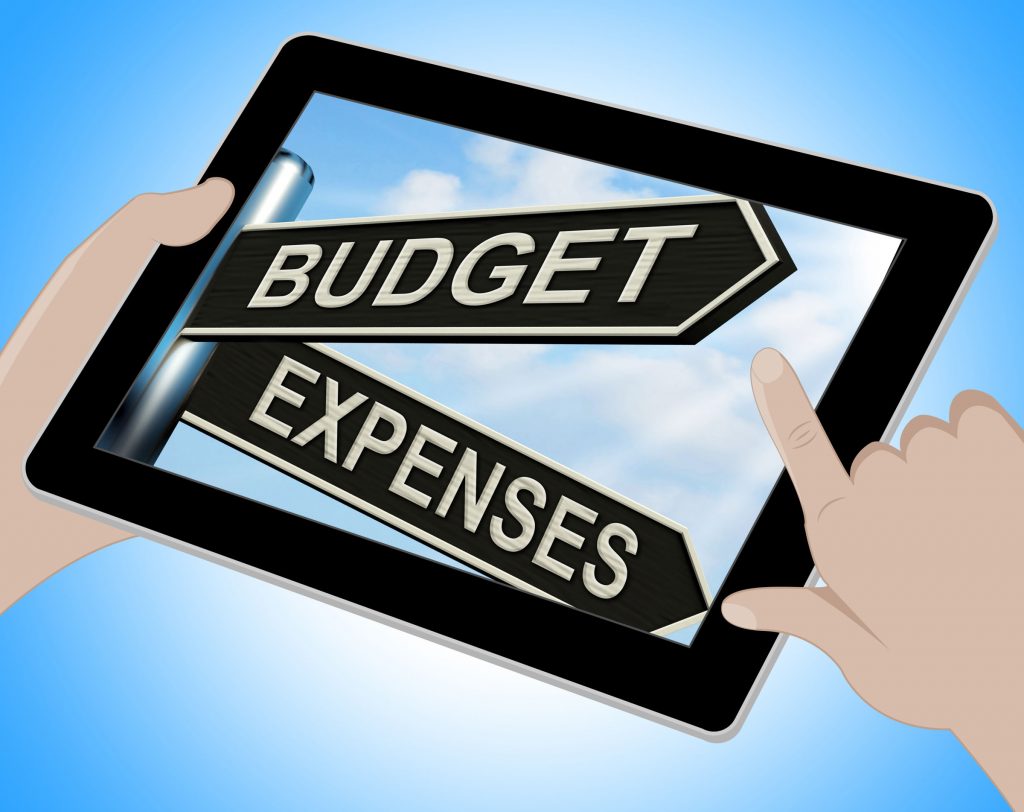How To Create A Budget Domain_10
The annual budgeting process: a necessary evil exercise involving crunching numbers until you go cross-eyed to arrive at an estimated idea of how much money you will raise versus spend throughout the year — and, of course, which you hope your board will approve. For most organizations, developing a budget is a tedious and painstaking process that many leaders dread each year. However, considering the following strategies can help streamline the process, making it easier, more efficient and more accurate.
Here are some tips and tools to help ease the pain of building your next budget:
1) Use a template. Begin with a general template that defines your main revenue sources and contains basic expense line items such as personnel costs (salaries, benefits, bonus), office expenses (rent, utilities, copying, supplies), travel (airfare, hotel, meals), etc. You can build out the line items in greater detail as you continue to develop your budget, but starting with these will give you a good start. Visit our Partner Portal for a budget template.
2) Minimize your line items. Avoid adding too many line items or making them too specific. This can cause your budget to become overly complicated and lengthy, and it reduce the flexibility you have in allocating funds and costs throughout the year.

3) Budget by month. Use a format that allows you to budget your activity per month of your fiscal year, rather than on an overall annual basis. This allows you to track your monthly progress accurately and foresee any realignments that may be needed earlier, so you can reallocate funds or plan to raise more revenue if needed. Additionally, focusing on shorter time periods helps break down the specific activities that will occur per month and account for special events, one-time costs, etc.
4) Create an annual total. Include an overall annual column to roll each monthly estimate up to and budget on a year-to-date basis. Having the overall view along with the month-to-date view will allow you to measure progress against the overall goal as you move through the fiscal year.
5) Account for inflation. Use prior year results as an estimate to begin from. Be sure to account for inflation (roughly 3 percent) for the following year. When creating a multi-year budget, account for inflation on each line item, over each year.
6) Consider your fixed and necessary costs first. Start with fixed costs you know you will have regardless of activity level and that you need to cover such as rent, utilities, salaries and insurance and then build in the variable costs. Have a list of the "nice to haves" that you can add into your budget if you have projected funds left over after all the necessary expenses are covered.
7) Divide annual costs out by month. For line items that are easy to estimate on an annual basis and are relatively consistent, divide the annual amount by the number of months left in your fiscal year to arrive at your monthly amount.
8) Account for timing inconsistencies. Consider seasonality and timing of when revenue and expenses will come in and out, such as for events, annual appeal revenue drives, large gifts, etc. Make sure to understand the months that may have more revenue coming in or more expenses going out so you can plan to pay certain expenses when you have the cash or reserve enough cash to cover those expenses later.

9) Use prepopulated templates. Create tools such as general templates to help develop estimates for areas where revenue or expenses are consistent and repetitive such as travel or revenue proposals. For example, assign an average value for flights ($600), hotel stay per night ($250), per diem per day for food ($50), taxi/transportation ($50), etc., to quickly calculate trip costs throughout the year. Visit the Partner Portal for a travel budget template.
10) Calculate dependent line items from known costs. Use known values to budget for other related estimates, such as personnel costs. You can create a detailed personnel tab of your budget by listing each employee's base salary for the year and calculating bonuses, benefits/taxes, etc., as a percentage of the known salary. A standard rule of thumb is to include a 3 to 5 percent bonus and benefits/tax costs at a rate of 25 to 30 percent of each employee's salary.
Creating an organizational budget always takes time and lots of thought to develop, but hopefully these strategies can contribute to a more successful process for your group. Remember to involve key leadership from your organization to contribute the necessary details and accurate information to your budget. For questions or more information on building organizational budgets, feel free to reach out to me at [email protected].

Author: Brittany Speed
As vice president of finance and administration for StriveTogether, Brittany Speed provides leadership, financial acumen and strategic insight to ensure the financial health, integrity and growth of the organization.
How To Create A Budget Domain_10
Source: https://www.strivetogether.org/insights/10-tips-creating-budgets-nonprofit-organizations/
Posted by: cliftonhowles1979.blogspot.com

0 Response to "How To Create A Budget Domain_10"
Post a Comment